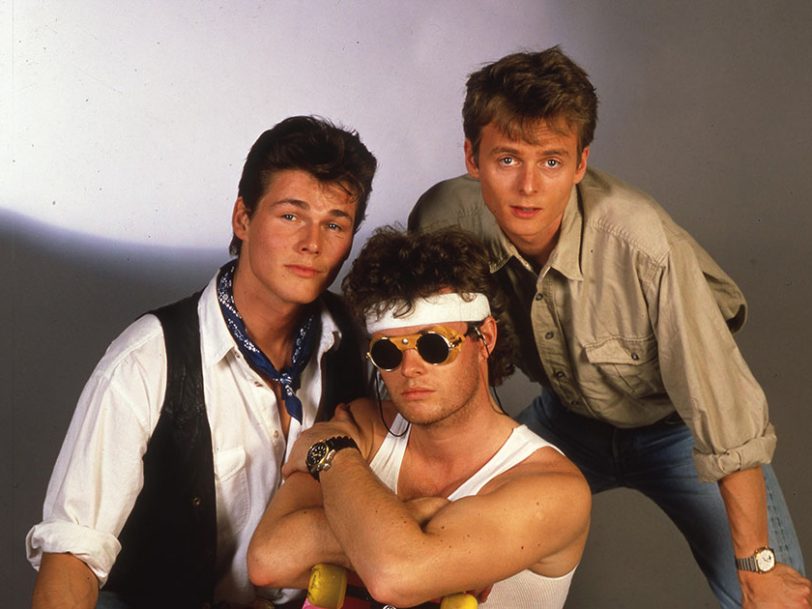It’s not been an easy journey for a-ha. The transition from pop-idol hysteria to creative respect routinely traverses a treacherous path, but there can be something miraculous about the metamorphosis when it finally happens. Consider the assured, stately summit from which Norway’s most successful musical exports can survey their musical legacy today – it’s a long way from where they started. The band’s story has had its up and downs: for every professional milestone – from being picked to record the James Bond theme song The Living Daylights, in 1987, to the iconic Rock In Rio set that saw them play to 198,000 fans in 1991 and their triumphant return at the close of the 20th century – there has been disappointment, too, such as the almost immediate loss of momentum in the US after the global success of Take On Me, and that overarching, lingering uncertainty, understood now for many years, about whether the a-ha project itself might finally implode.
Listen to the best of a-ha here.
The story of three men who defied expectation
For anyone who saw Thomas Robsahm and Aslaug Holm’s 2021 documentary, a-ha: The Movie, the band’s fault lines are plain to see, but there’s a sense of companionable respect between them, too. a-ha’s story is the tale of all great groups: the highs and lows of a long run in the spotlight; the push and pull of conflicting creative influences; and those supernova moments where everything just falls perfectly into place.
Obvious enough, perhaps, but the band’s dramatic homeland and the entrenched sensitivities of Norwegian society also play their part. Who can image the brooding soundscapes of songs such as 1988’s Stay On These Roads, 2002’s Lifelines or 2022’s I’m In coming from a band hatched in the sunshine? a-ha can, of course, capture lighter moments – You Are The One is a brilliant three-minute 47-second example of 80s effervescence – but it’s the big-statement numbers that the group are rightly famous for. That poetic sense of atmosphere threading through the band’s work feels organic and almost certainly homegrown.
Despite the colossal commercial success of the best a-ha songs, the group never planned to be a pop band. The trio’s breakthrough producer, Alan Tarney, teased out the hooks from their early writing and coated their recording sessions in an FM sheen, but look how quickly a-ha would pivot on only their second album. 1986’s Scoundrel Days was positioned as far away as reasonably possible from the catchy synth sounds that characterised much of their first success, the previous year’s Hunting High And Low. Just 12 months on from Take On Me’s phenomenal global impact, and in the wake of another formidable hit, The Sun Always Shines On TV, Scoundrel Days unleashed a harder, rock-oriented edge, brilliantly characterised in its lead single I’ve Been Losing You and, later, by Manhattan Skyline, which the band had to fight hard to get even issued as a single in early 1987.




